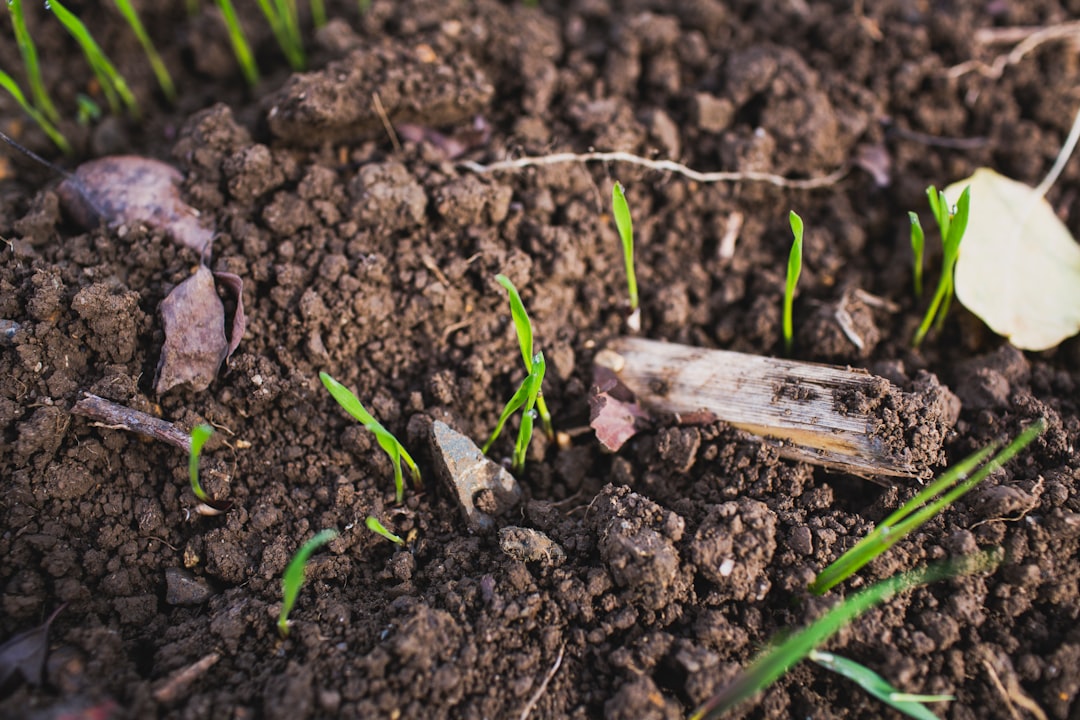What is it about?
Photosynthetic production of molecular hydrogen (H2) by cyanobacteria and green algae is a potential source of renewable energy. These organisms are capable of water biophotolysis by taking advantage of photosynthetic apparatus that links water oxidation at Photosystem II and the reduction of protons to H2 downstream of Photosystem I. Although the process has a theoretical potential to displace fossil fuels, photosynthetic H2 production in its current state is not yet efficient enough for industrial applications due to a number of physiological, biochemical, and engineering barriers. This article presents a short overview of the metabolic pathways and enzymes involved in H2 photoproduction in cyanobacteria and green algae and our present understanding of the mechanisms of this process. We also summarize recent advances in engineering photosynthetic cell factories capable of overcoming the major barriers to efficient and sustainable H2 production
Featured Image

Photo by Eelco Böhtlingk on Unsplash
Why is it important?
Photosynthetic hydrogen production is a promising technology that has the potential to help us reduce our reliance on fossil fuels and transition to a clean energy future. Hydrogen is a clean-burning fuel that can be used to generate electricity, power vehicles, and produce heat. It is also a versatile energy carrier that can be easily stored and transported. Hydrogen produced through photosynthesis does not produce any greenhouse gases or other pollutants. This makes it a much cleaner energy source than fossil fuels, such as coal, oil, and natural gas.
Read the Original
This page is a summary of: Photosynthetic hydrogen production: Novel protocols, promising engineering approaches and application of semi‐synthetic hydrogenases, Physiologia Plantarum, May 2021, Wiley,
DOI: 10.1111/ppl.13428.
You can read the full text:
Contributors
The following have contributed to this page










